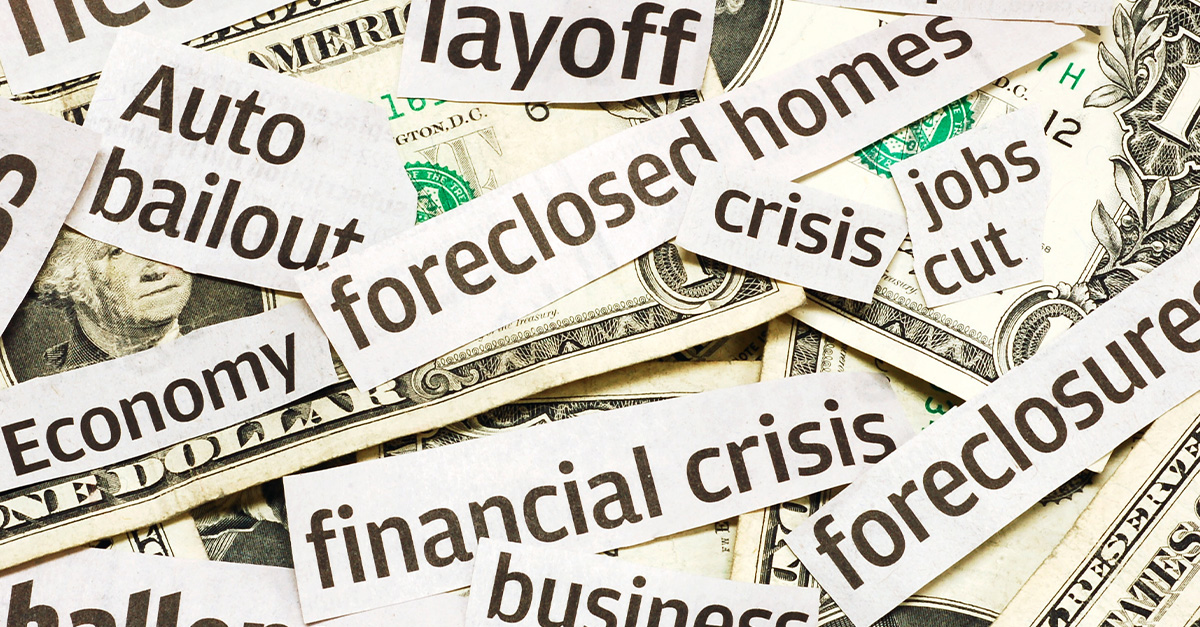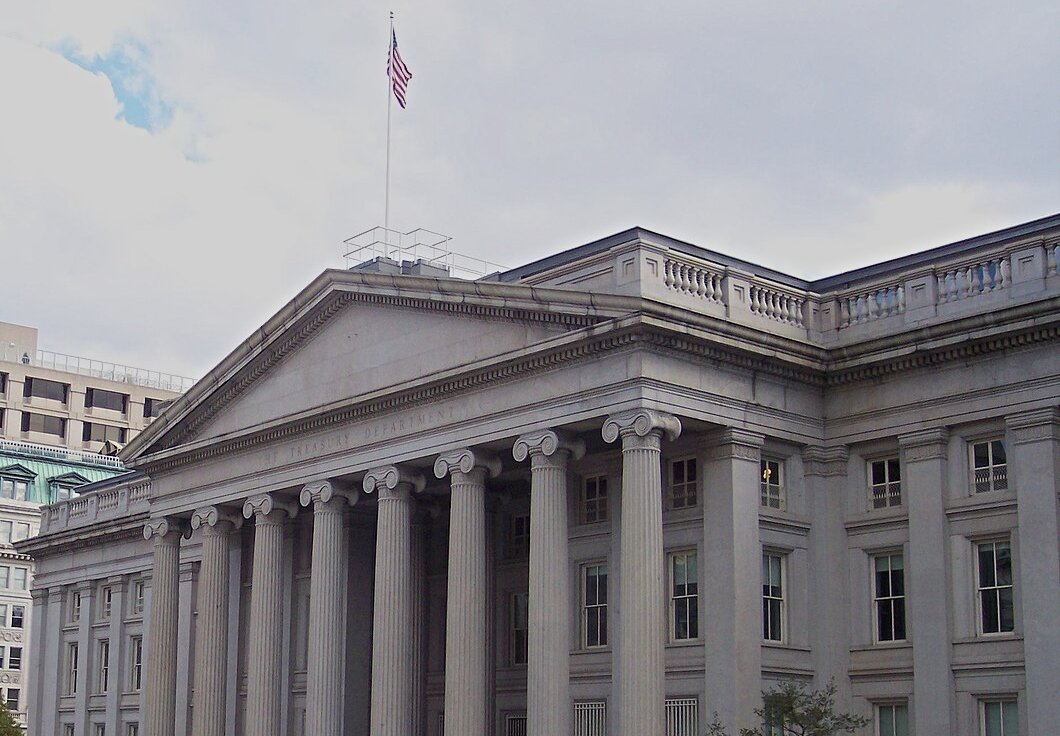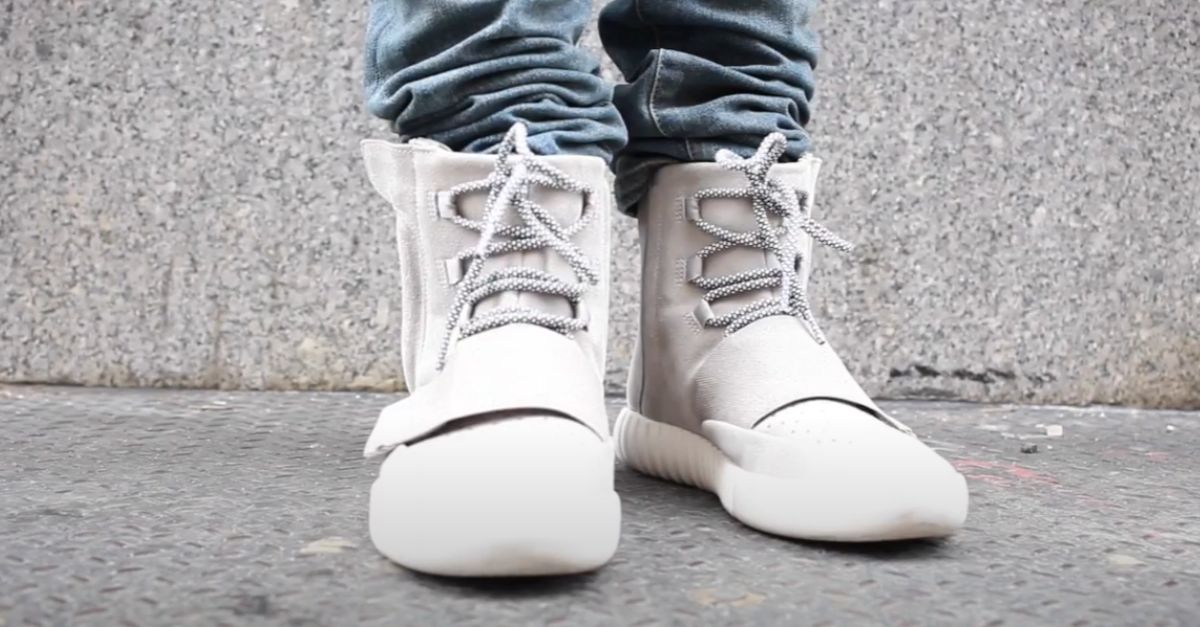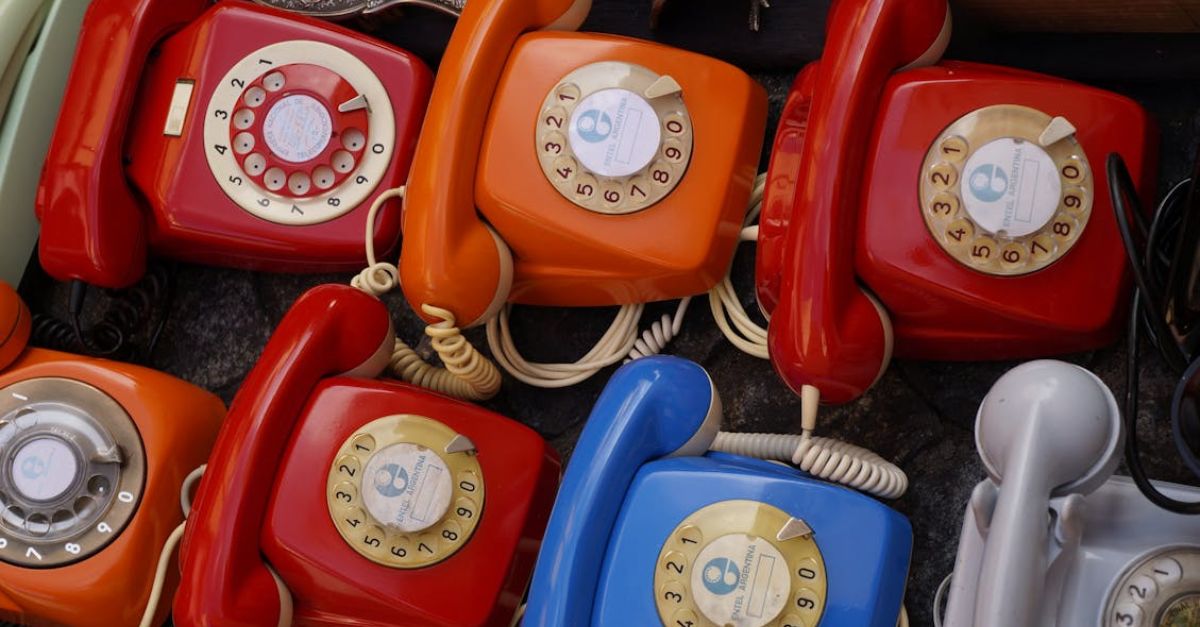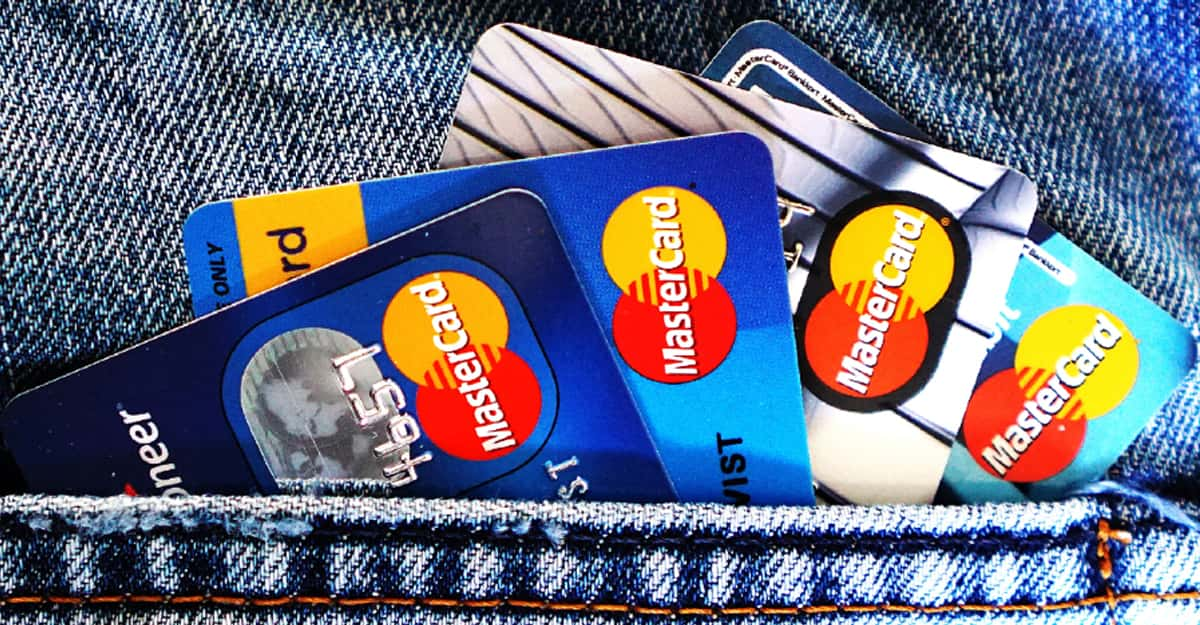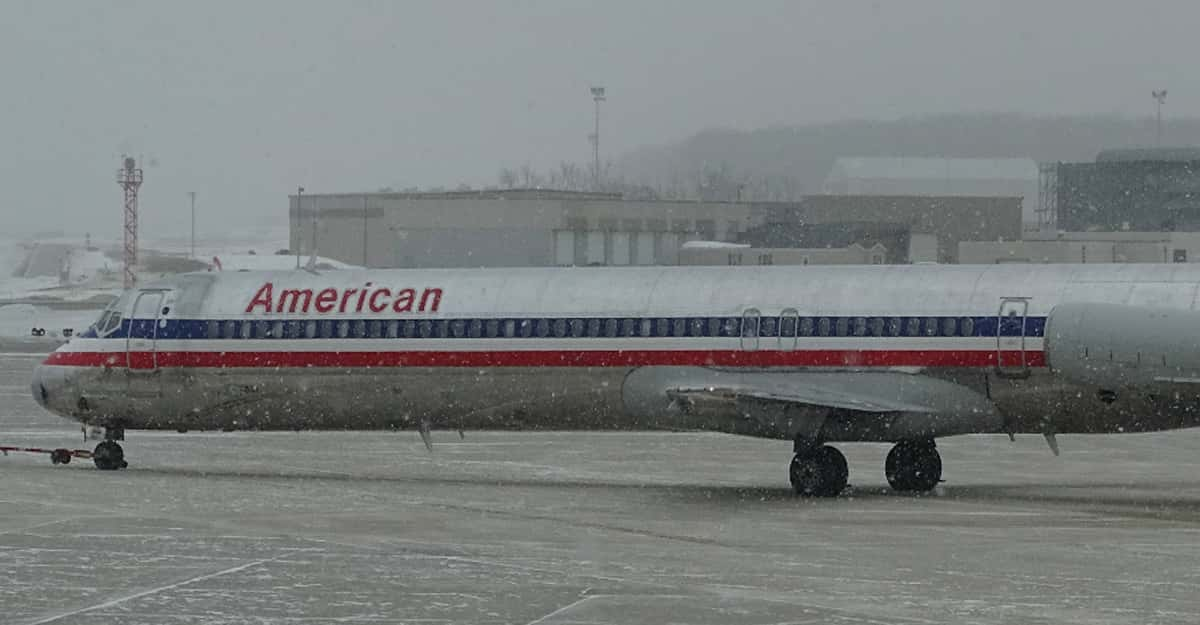These Were The Biggest Market Bailouts Ever
When the market goes haywire, companies can sometimes lose millions of dollars in hours or even minutes. When that happens, they often need Uncle Sam to bail them out to stop them from going belly up. This has happened numerous times throughout the history of the United States. Let's examine the biggest market bailouts ever and what happened after.
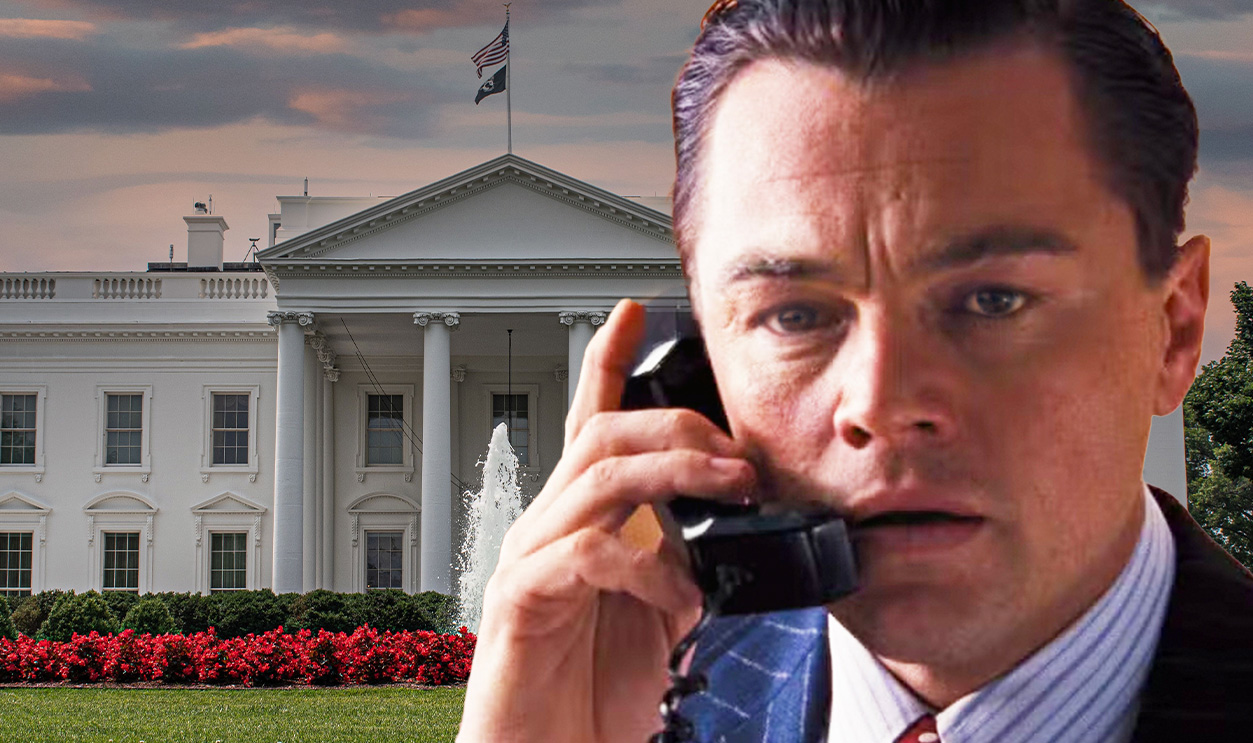
The Chrysler Bailout Of 1980
After the Oil Crisis of the 1970s, the entire American auto manufacturing business was hit hard, and customers were forced to purchase smaller vehicles that were more fuel-efficient. While the innovation was positive, not everyone was able to adapt in time: Chrysler, who did not build small cars, were one of the unlucky ones.
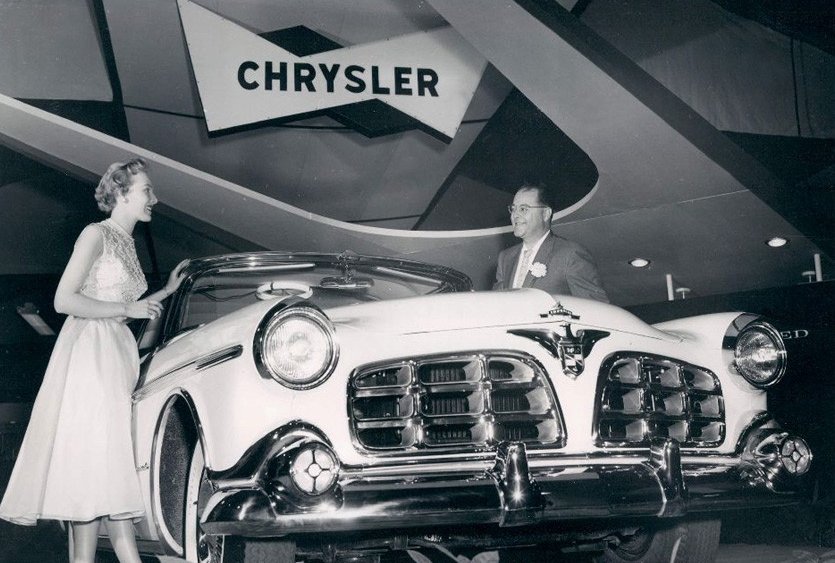 Historianbuff, Wikimedia Commons
Historianbuff, Wikimedia Commons
What Happened After?
Chrysler struggled to adapt to the new desire for smaller cars and nearly went bankrupt. They went to the federal government for help in 1980 after Lee Iacocca took over as CEO of the company. Via the Loan Guarantee Act, Congress could lend Chrysler $1.5 billion, providing they secured $2 billion from other sources. Chrysler successfully debuted the company-saving Dodge Caravan/Plymouth Voyager, an icon of 1980s America.
 ITakePhotosOfCars, CC0, Wikimedia Commons
ITakePhotosOfCars, CC0, Wikimedia Commons
The Airline Industry Bailout Of 2001
Precipitated by the terrible events of 9/11, almost every American airline was hit with catastrophic losses. With people cancelling flights left and right, the airspace over large parts of the US closed for days—the entire industry reported an $8 billion loss for the year in the immediate aftermath of September 11th.
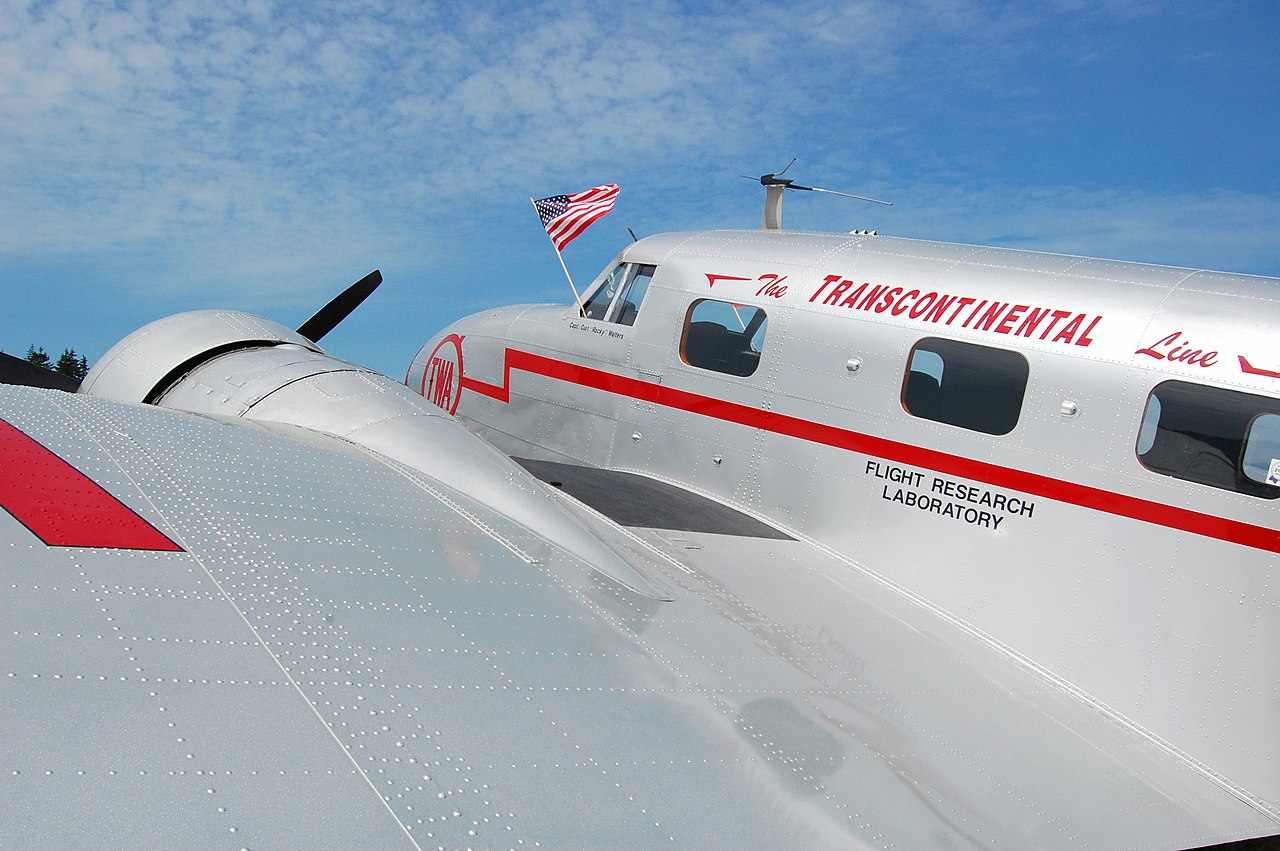 steve lodefink, CC BY 2.0, Wikimedia Commons
steve lodefink, CC BY 2.0, Wikimedia Commons
What Happened After?
To bailout the industry that was on the verge of collapse, Congress passed the Air Transportation Safety And Stabilization Act, which was able to issue a $10 billion loan to the industry, with seven airlines receiving just over a billion dollars in loans each. Airlines big and small were affected, but were ultimately saved in the aftermath of 9/11.
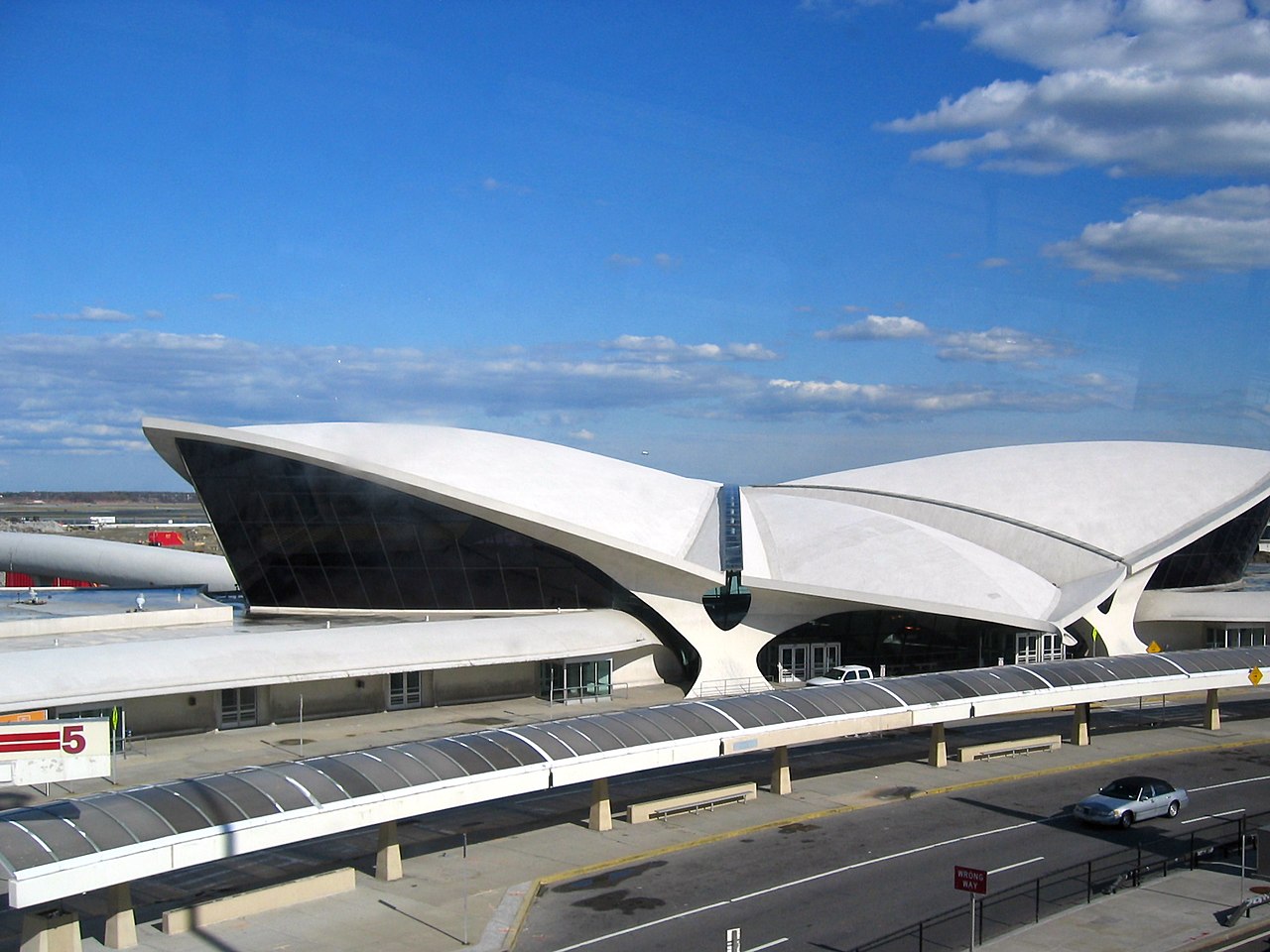 pheezy, CC BY 2.0, Wikimedia Commons
pheezy, CC BY 2.0, Wikimedia Commons
The AIG Bailout Of 2008
In the early 2000s, the American Insurance Group, or AIG, took on high-risk mortgages into the billions of dollars. By 2008, those high-risk mortgages had become a poisoned chalice for the company, as they had to pay out their claims and cover their losses. It turns out they didn't have the money to do it—short by $180 billion. Luckily, the federal government stepped in and bailed them out to the tune of $180 billion, earning AIG the moniker (along with many others) of being "too big to fail".
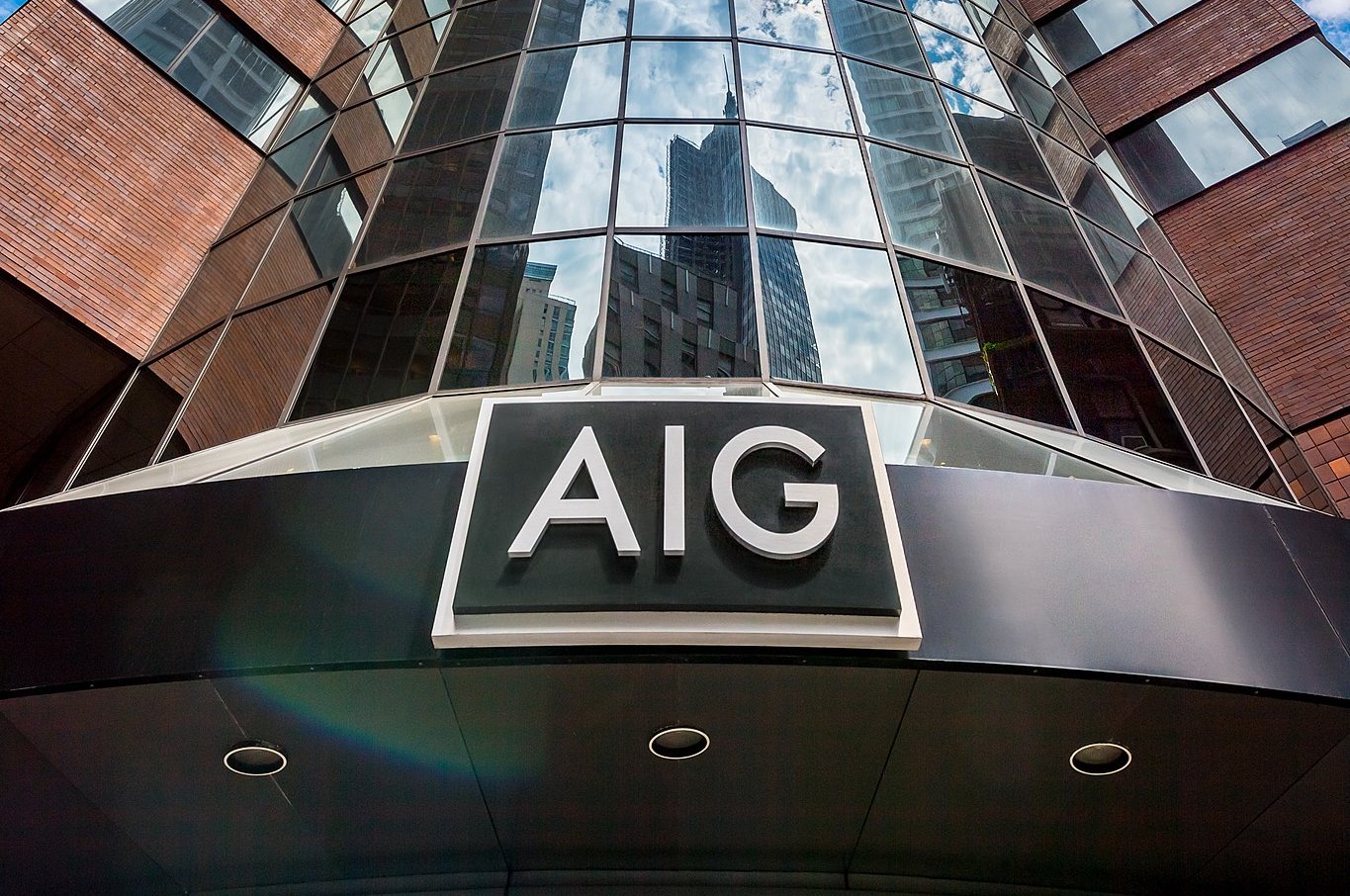 Marc Bryan-Brown, Wikimedia Commons
Marc Bryan-Brown, Wikimedia Commons
What Happened After?
Although the AIG bailout was successful, the company paid the price several years later. Carl Icahn (a former advisor to Donald Trump) took over as CEO and decided to restructure the company into three distinct parts, breaking up the mantra of "too big to fail". AIG is currently one of the world's largest insurance companies.
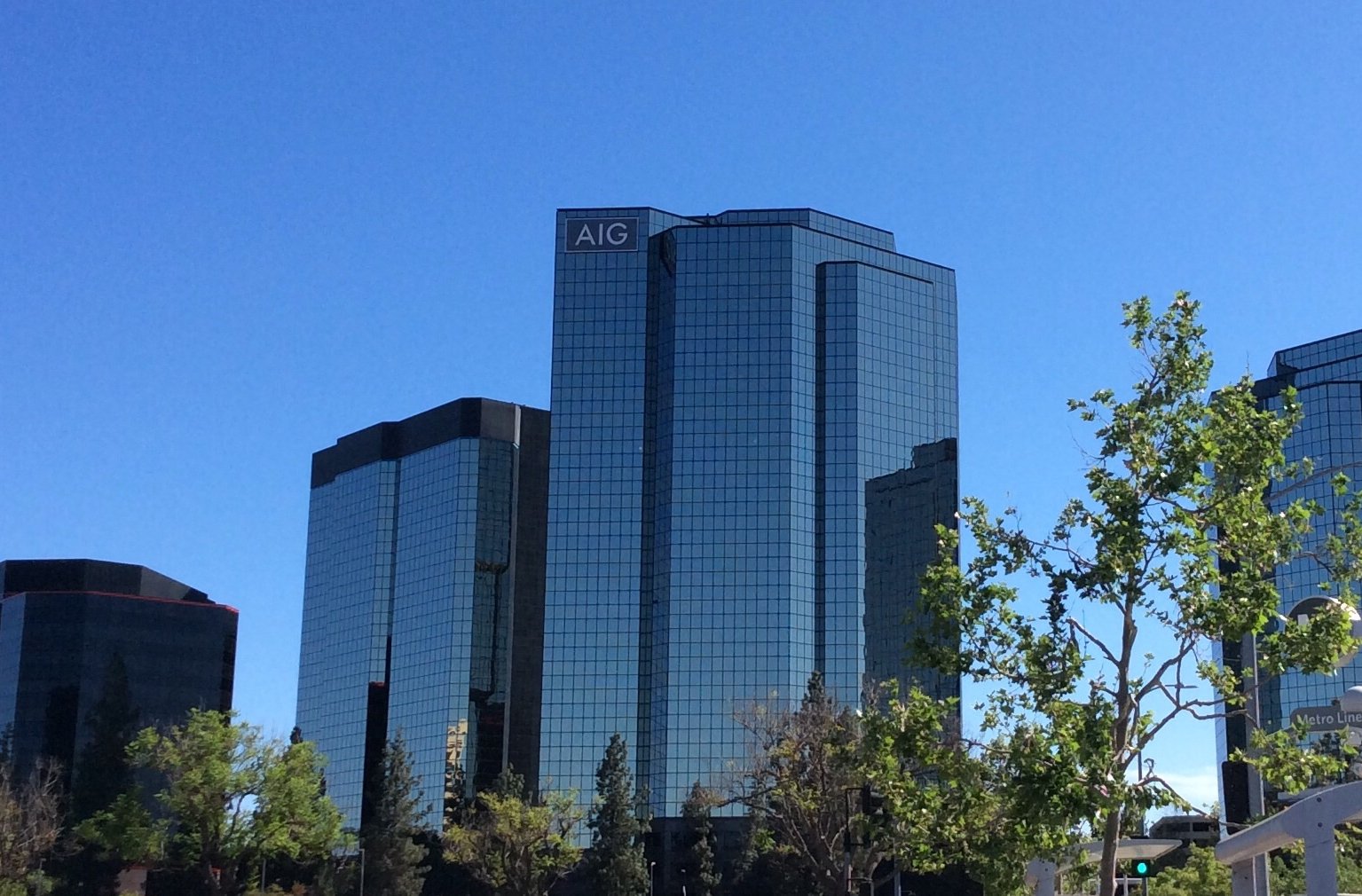 HanSangYoon, CC BY-SA 4.0, Wikimedia Commons
HanSangYoon, CC BY-SA 4.0, Wikimedia Commons
The "Fannie Mae" & "Freddie Mac" Bailouts Of 2008
"Fannie Mae" is the Federal National Mortgage Association, whereas "Freddie Mac" is the nickname given to the Federal Home Loan Mortgage Corporation. Both were created by acts of Congress in the late 1960s to give a secondary avenue for prospective homeowners who needed mortgages. In the immediate aftermath of the Great Recession, the two public companies saw their value drop by 90%. They, like so many other American companies in the Great Recession, needed to be bailed out—to the tune of a nearly $200 billion loan.
 AgnosticPreachersKid, CC BY-SA 3.0, Wikimedia Commons
AgnosticPreachersKid, CC BY-SA 3.0, Wikimedia Commons
What Happened After?
It took a long time for the companies to bounce back, but after 10 years, both Fannie Mae and Freddie Mac had successfully repaid their loans, plus interest, to the tune of $300 billion and risen on the Fortune 500 list. Although, both companies still remain under federal conservatorship.
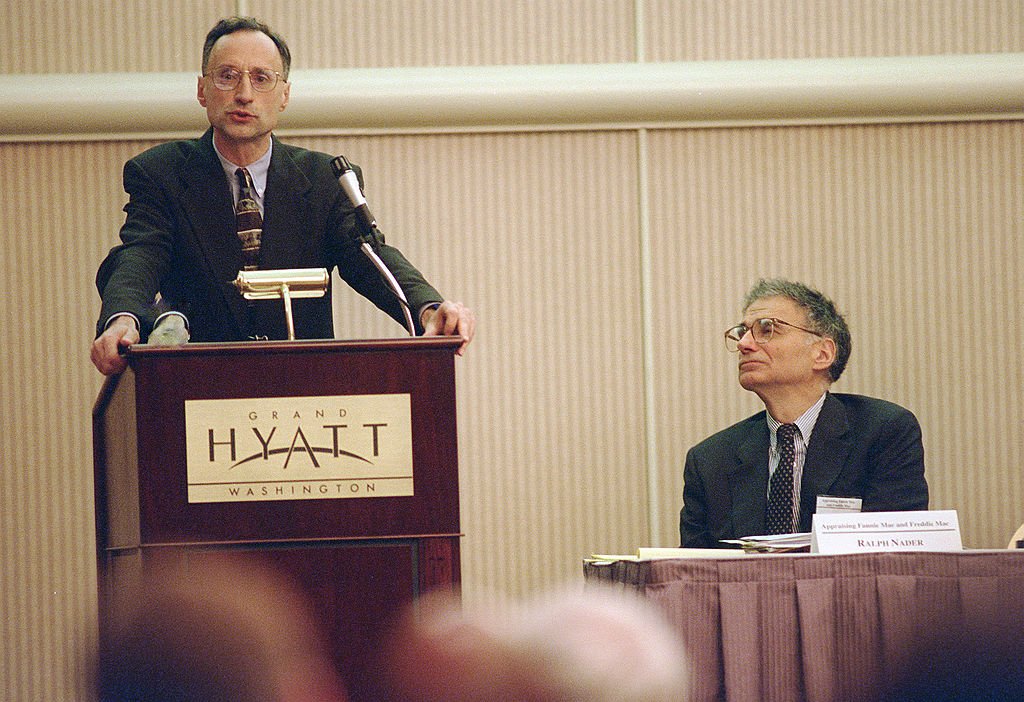 Scott J. Ferrell, Getty Images
Scott J. Ferrell, Getty Images
The American Automobile Industry Bailout Of 2009
In the immediate aftermath of the Great Recession of 2008, the American automobile industry was seriously struggling to make ends meet. People who were afraid of losing their homes (or had already been foreclosed on/laid off from their jobs) were in no financial position to buy a new car. A gigantic slump in car sales left Chrysler and General Motors hanging on by a thread. The federal government couldn't allow two of America's largest companies to go bust, so again it bailed out Chrysler and GM with $85 billion, in partnership with Canada.
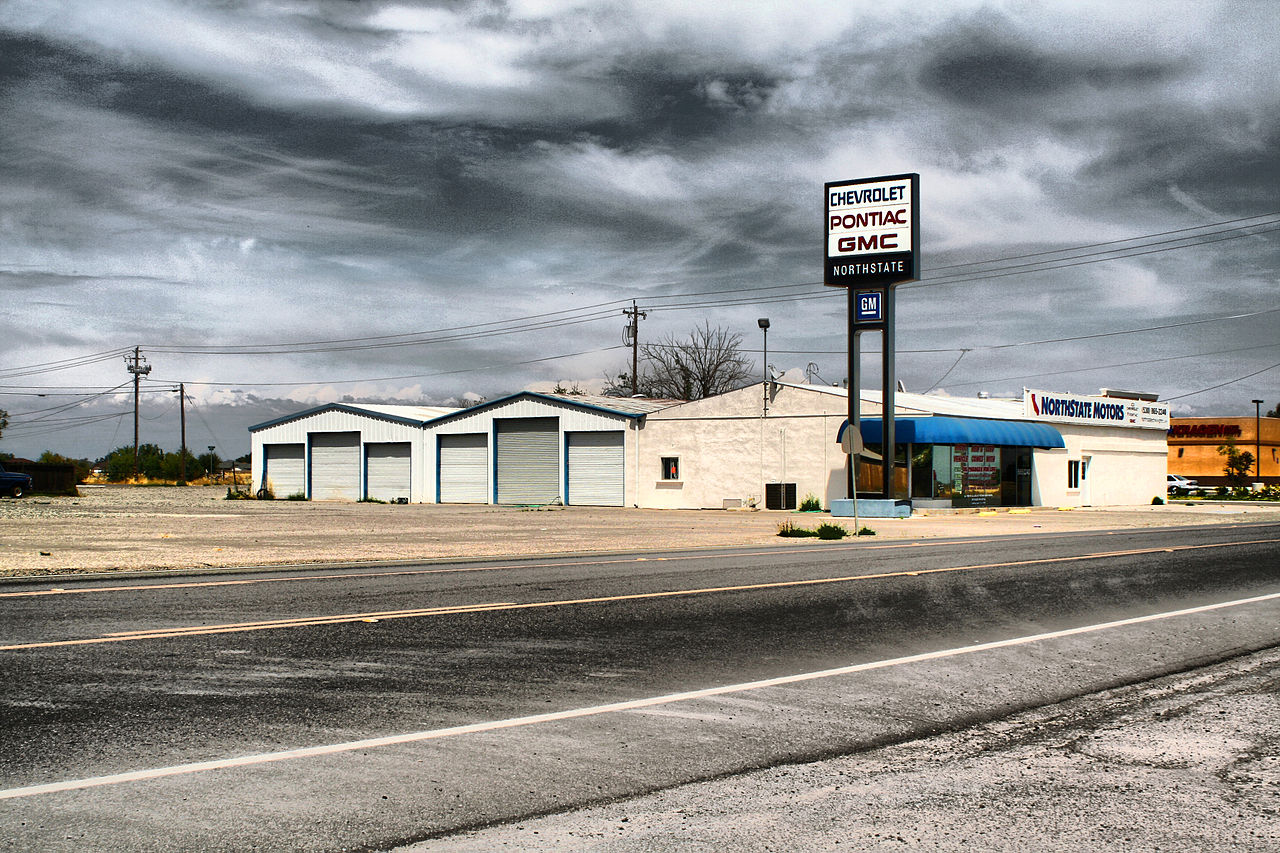 John Martinez Pavliga, CC BY 2.0, Wikimedia Commons
John Martinez Pavliga, CC BY 2.0, Wikimedia Commons
What Happened After?
Restructuring occurred after the bailout, with Chrysler merging with Italian giant Fiat S.p.A.. Meanwhile, General Motors was reinvigorated and continued to prosper as one of America's largest companies and was the 25th most profitable company in 2024. They're also the second-largest seller of electric vehicles in the country.
 Bohao Zhao, CC BY 3.0, Wikimedia Commons
Bohao Zhao, CC BY 3.0, Wikimedia Commons
What Are Your Thoughts On Government Bailouts?
Let us know your thoughts on the emergency bailouts of 2008, 1980, and other times the government stepped in to help private corporations, or to save entire industries from collapse.
You May Also Like:

